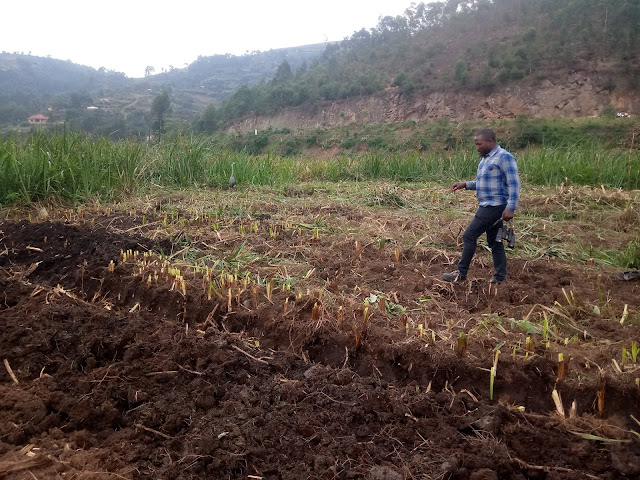Piloting a restoration project in Rushebeya wetland to save the Endagered Grey Crowned Crane in Rukiga landscape , south western Uganda
For Ecological Restoration to be successful, drivers of disturbance which include livestock restrictions, and eradicating invasive exotic species from the restored young area need to be removed to enable the young vegetation to grow uninterrupted.
This has been noticed in Gilbert Tayebwa's piloted restoration activity in Rushebeya wetland of Rukiga District where, Gilbert managed to task group leaders to sensitize people especially wetland adjacent communities and those using the wetland for agricultural purposes to restore buffer zones of at least 50meters from the river bank into the agricultural area for safer breeding and feeding of Grey Crowned Cranes, and endangered species according to the IUCN Redlist and a national bird for Uganda .Communities here were told to also monitor the restored areas periodically
However, for Restoration to be effective, there is need to offer
incentives such as Conservation agreements or revolving loans or else alternative livelihoods such as cows,goats, wetland edge gardening
greening initiatives to enable people sustainably utilize the Rushebeya
wetland.This project is only piloted because of lack of financial
support







Comments
Post a Comment
feel free to comment